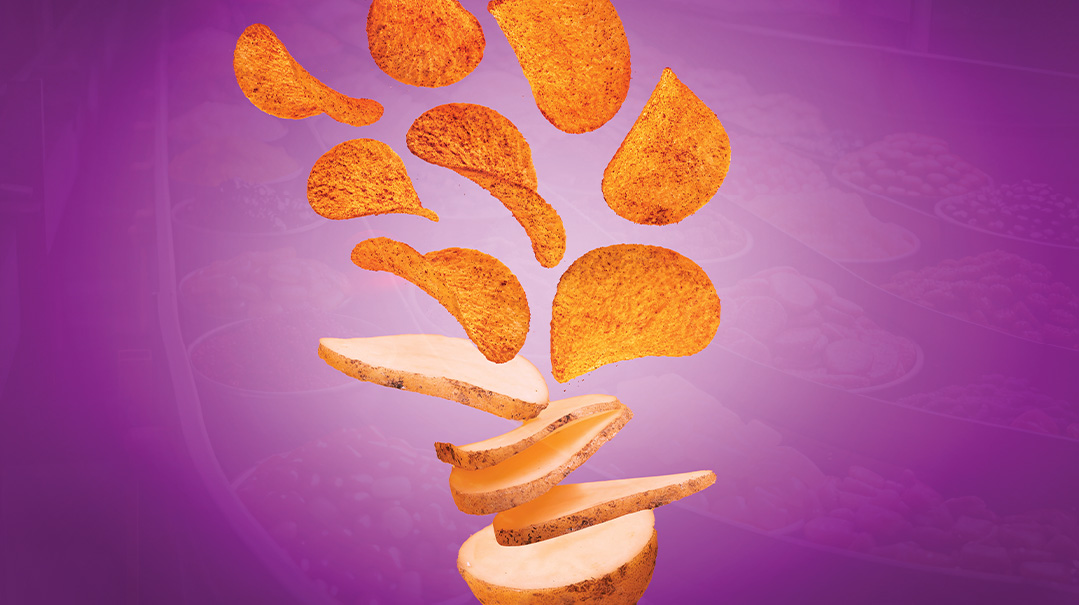Should We Trust the Process(ed Food)?
| August 8, 2023In today’s world of processed products, sometimes the lines between healthy food and imposters can become blurred. Understanding what’s in the food we eat is the first step to making good food choices every single day

Five women sit around my dining room table, surveying an array of small plastic cups. Through a blind taste test, we’re going to try to distinguish between three iconic food brands — Heinz Tomato Ketchup, Hellman’s Mayonnaise, and Oreos (vanilla) — and their off-brand variations. We know that companies spend billions developing a distinctive brand in taste, texture, and appearance. Can we tell the different brands apart?
Dipping French fries or (clean) fingers into the ketchup and mayonnaise, and munching on cookies, we record our impressions on taste test forms.
“Yuck!” Devora exclaims eloquently. “This is not Heinz ketchup!”
“I don’t even need to taste the mayonnaise — I can tell which one is Hellman’s just by looking!” chimes in Sari.
“This cookie is definitely an Oreo,” I announce. “The other one is just sweet — it doesn’t taste like vanilla at all.”
When the impressions are duly recorded, it’s time for the big reveal — a master list with the identity of each product.
The verdict? We’re all one hundred percent correct. Every single time. Even when one of us tries it with her eyes closed.
“I think that’s very telling,” Devora declares.
Professional food tasters can distinguish individual “notes” among foods, as well as “amplitude,” says Malcolm Gladwell, author of Blink: The Power of Thinking Without Thinking. Amplitude is how well all the components of a food blend. It’s the difference between your child painstakingly picking out the notes to his favorite song, and enjoying a master musician playing Beethoven’s Fifth Symphony. Foods with high “amplitude” are harmonious on the palate. It’s clear to us why Heinz, Hellman’s and Oreos are generally preferred — they’re meticulously balanced. Their producers have invested much money into ensuring that.
We’re amateurs, but it’s interesting to realize that food tasting is a real job. It often requires a degree in food science, and is an extremely important occupation in today’s food culture — the culture of processed food.
Oops! We could not locate your form.







